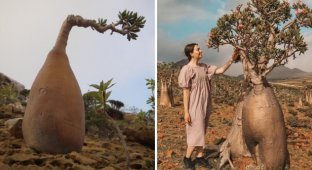Deep in the Tasmanian forests lies one of nature's most amazing creations - the royal holly (Lomatia tasmanica). Also known as the royal lomatia, this plant is not only unique in its beauty; it is a living symbol of survival and resilience. 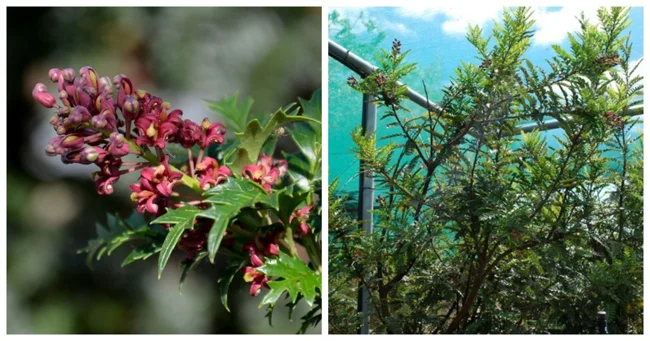
Imagine: this plant has been around for 43,600 years, and possibly even longer - up to 135,000 years! And all this time it has been reproducing exclusively vegetatively, creating genetic clones of itself.
How does an immortal clone live? 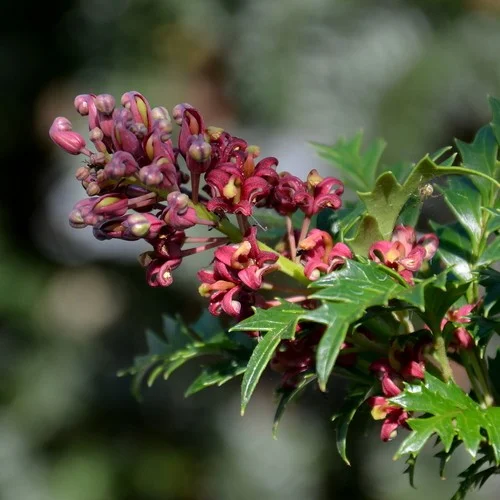
Royal holly does not produce fruit or seeds. Instead, it reproduces through fallen branches, which take root and grow into new plants. All existing specimens of Lomatia tasmanica are genetically identical, making the entire population a single organism. Today, there are only about 300 individuals, and they are found only on a narrow strip of land just over a kilometer long in the foothills of the Bathurst Ranges in southwestern Tasmania. 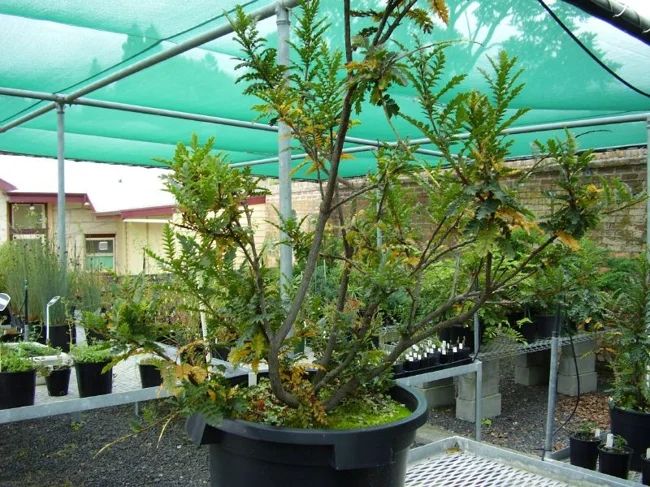
This plant is a real long-liver. Although individual specimens live only about 300 years, its history spans tens of thousands of years. Dendrochronological studies have shown that one stem fragment was 240 years old, and its growth rate was only 0.26 mm per year. Such a rate allows the plant to survive for centuries, but makes it incredibly vulnerable to external threats.
Discovery and Loss 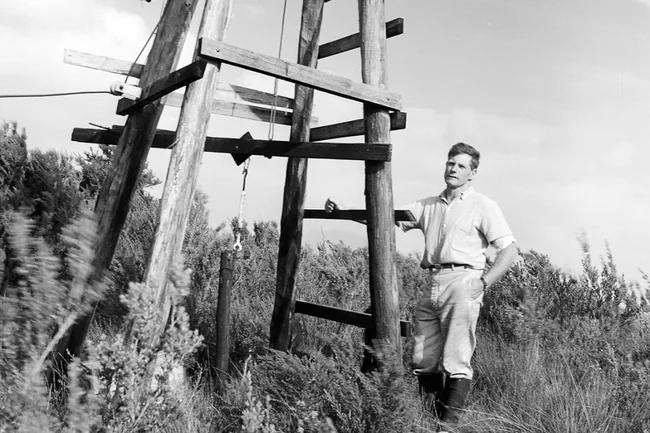
The first population of Lomatia kingii found by Denis King died. Later, in the 1960s, he found a second specimen
The story of its discovery begins in 1934, when Australian miner and naturalist Charles Denison King noticed an unusual plant while mining tin. Little did he know that he had discovered a new species that would become one of the great mysteries of botany. Later, in 1965, King found another population about 5 kilometers from the first, but unfortunately, the original group of plants died out. This time he sent cuttings to botanist Winifred Curtis, who officially described the species and named it Lomatia tasmanica. The plant was popularly called King's Holly in honor of its discoverer.
A Fragile Defender of Antiquity 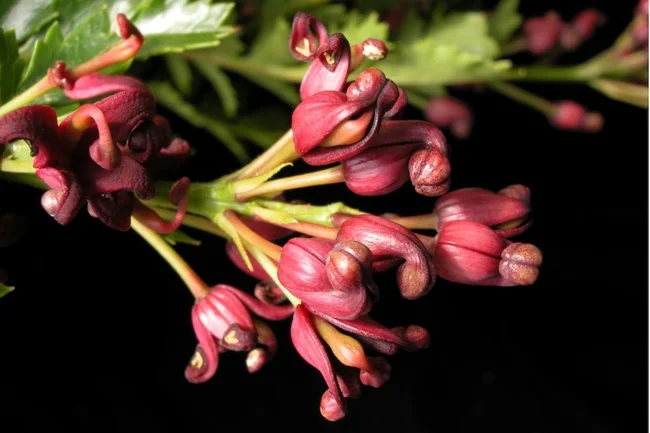
Unfortunately, the king's holly is endangered. It can now be found only in an area of about 1.2 km, which is constantly threatened by fires and other natural disasters. Since the early 1990s, scientists have been trying to save the species by creating new populations in controlled conditions. However, these attempts are facing serious difficulties. 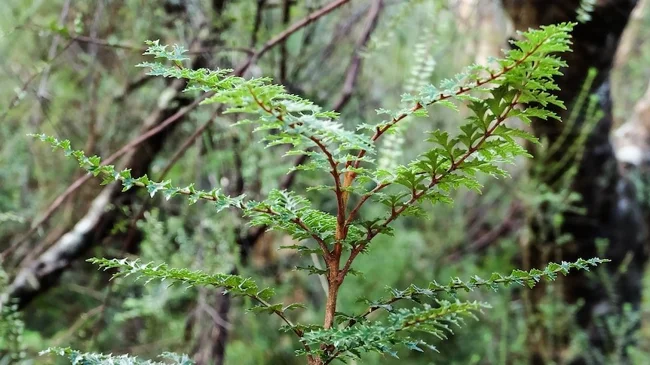
As Natalie Tapson from the University of Tasmania's School of Plant Sciences explains, King's Holly is extremely sensitive to root disturbance. "Every time we pot it up, we lose plants," she says. To overcome this problem, scientists are now experimenting with grafting King's Holly onto the roots of related species. This could be key to preserving this unique plant.
A Protected Legend 
43,600-Year-Old King Lomatia Fossils
The King Holly is so fragile that even the specimens at the Royal Botanic Gardens of Tasmania are not on public display. They are under strict protection to preserve this living relic for future generations. 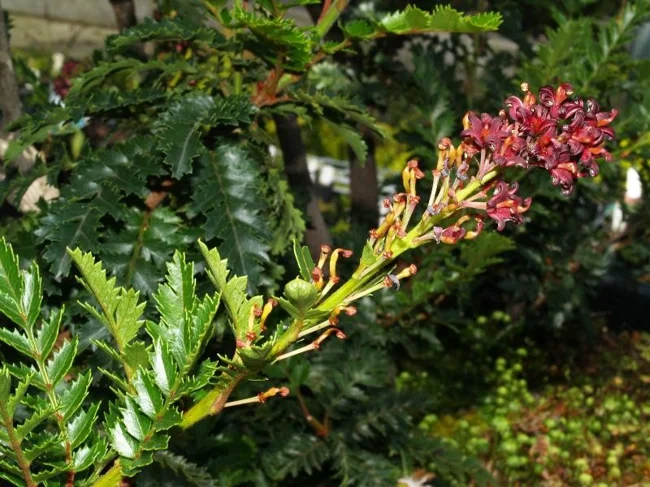
Lomatia tasmanica is more than just a plant. It is a living testimony to the history of our planet, a reminder of how fragile and incredibly resilient nature is. Its fate depends on our efforts - because to protect such species means to protect the very memory of the Earth.
Add your comment
You might be interested in:













